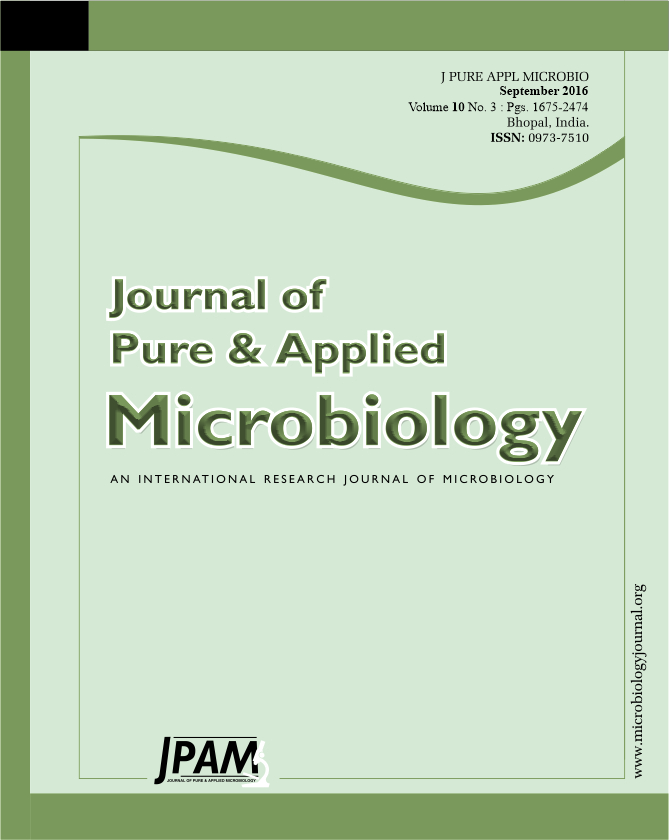Endophytic bacteria colonize the interior of the plant parts, without causing any harmful effect and promote plant growth. An investigation was carried out to isolate endophytic bacteria from aerobic rice varieties that have the potential to produce phytohormones like indole-3-acetic acid (IAA), gibberellins (GA) and cytokinin. Total of twenty four endophytic bacteria were isolates from rice tissues of the four varieties of aerobic rice. Eight endophytic bacteria designated as ARBR3, AM65R1, IR64L1, ARBS2, AM65S2, IR64R1 AND JERR2 were found to produce IAA in the range of 226.59-10.86 µg/ml. GA was found to produce by six endophytic isolates from the root, shoot and leave of the four varieties of aerobic rice, these isolates are ARBR2, ARBR3, AM65R2, AM65L1, IR64R1, and IR64S2 in which the concentration ranges from 5.43-2.56. Only three isolates produced cytokinin where isolate JER produced highest concentration (5.42 µg/ml). This work revealed that some endophytic bacteria from aerobic rice produced plant growth hormone that would help in plant growth and development and will be added advantage to be used in microbial inoculation.
Endophytic bacteria; Aerobic rice; IAA; GA; Cytokinin.
© The Author(s) 2016. Open Access. This article is distributed under the terms of the Creative Commons Attribution 4.0 International License which permits unrestricted use, sharing, distribution, and reproduction in any medium, provided you give appropriate credit to the original author(s) and the source, provide a link to the Creative Commons license, and indicate if changes were made.


